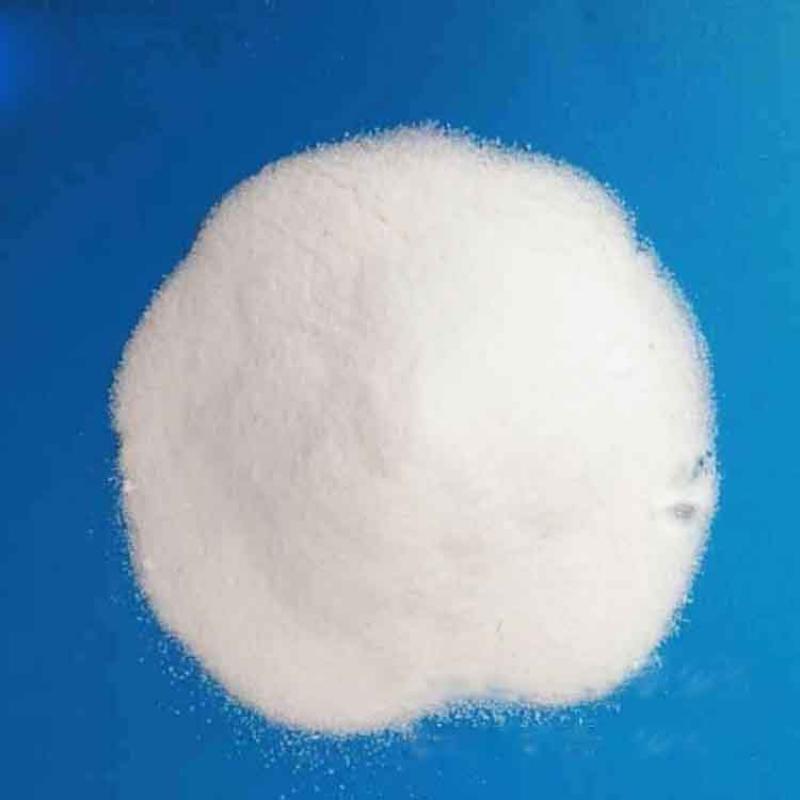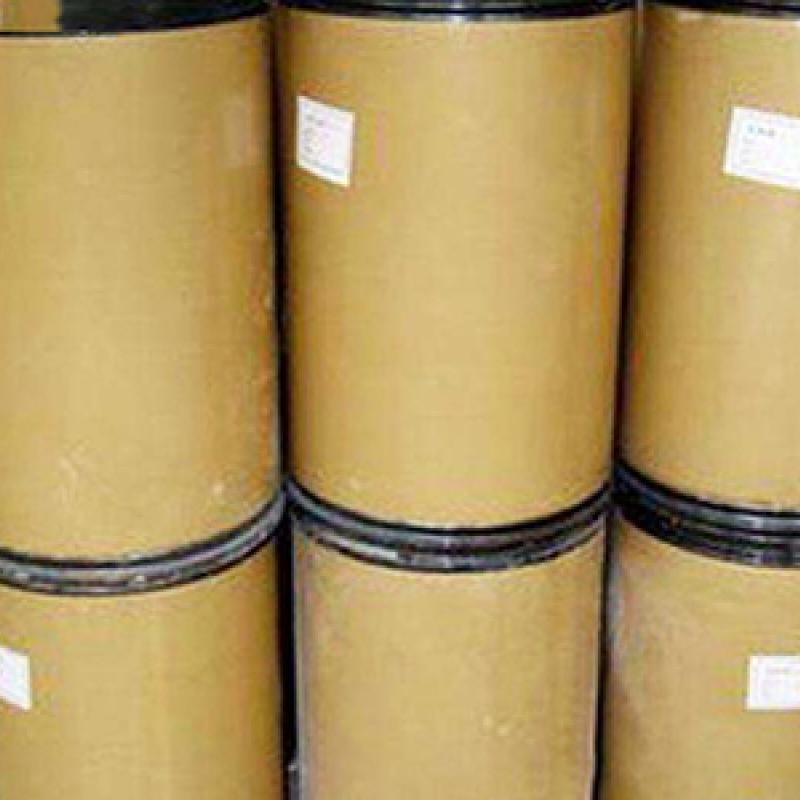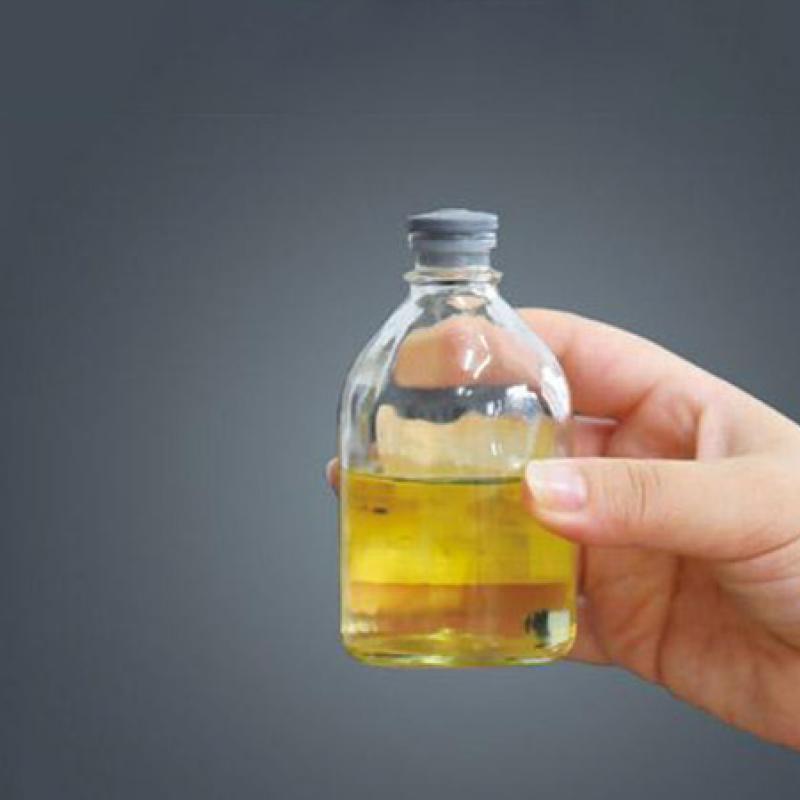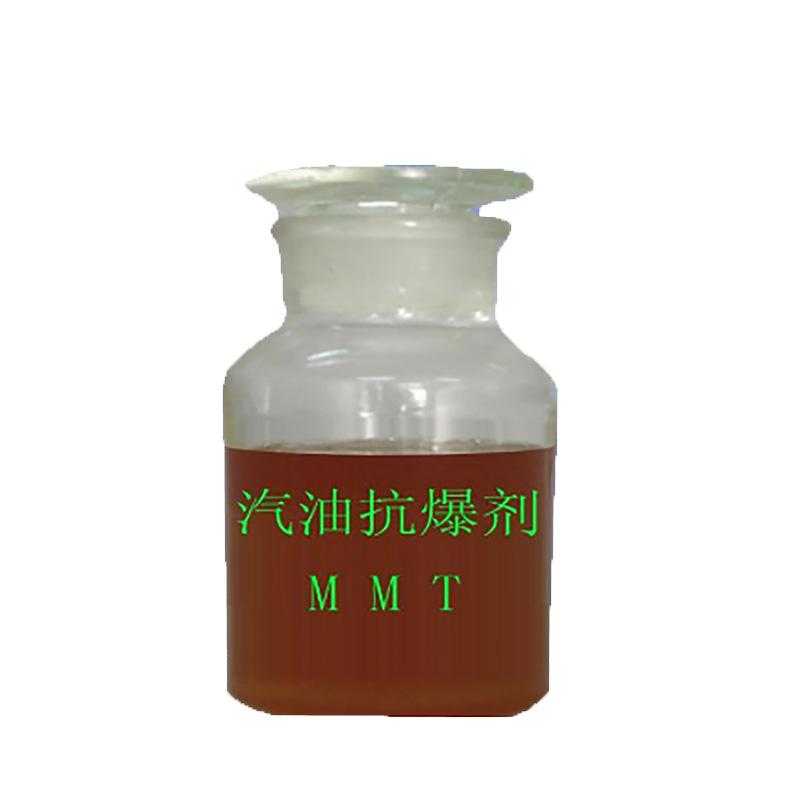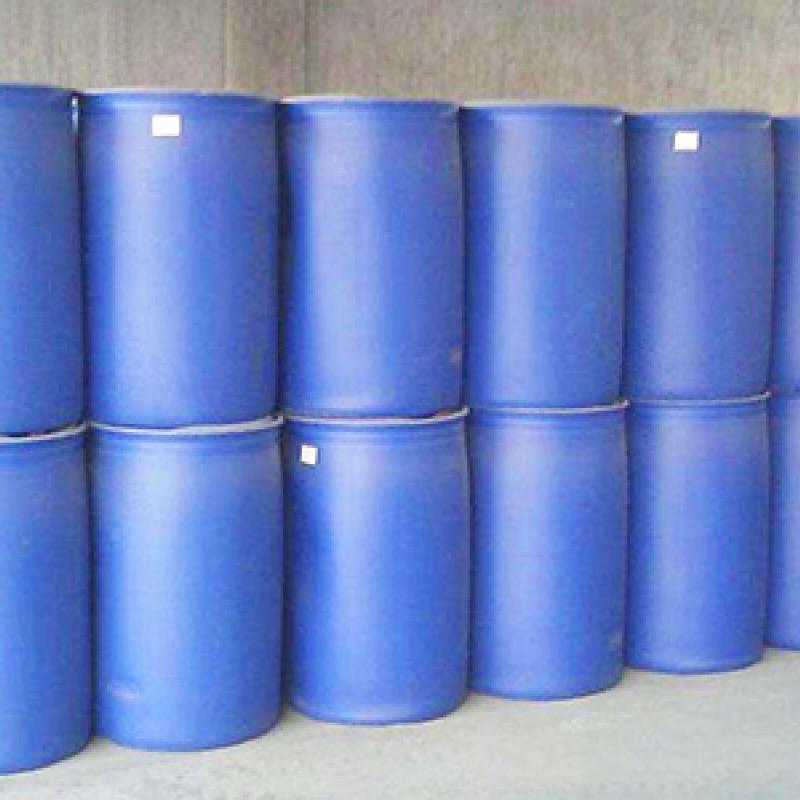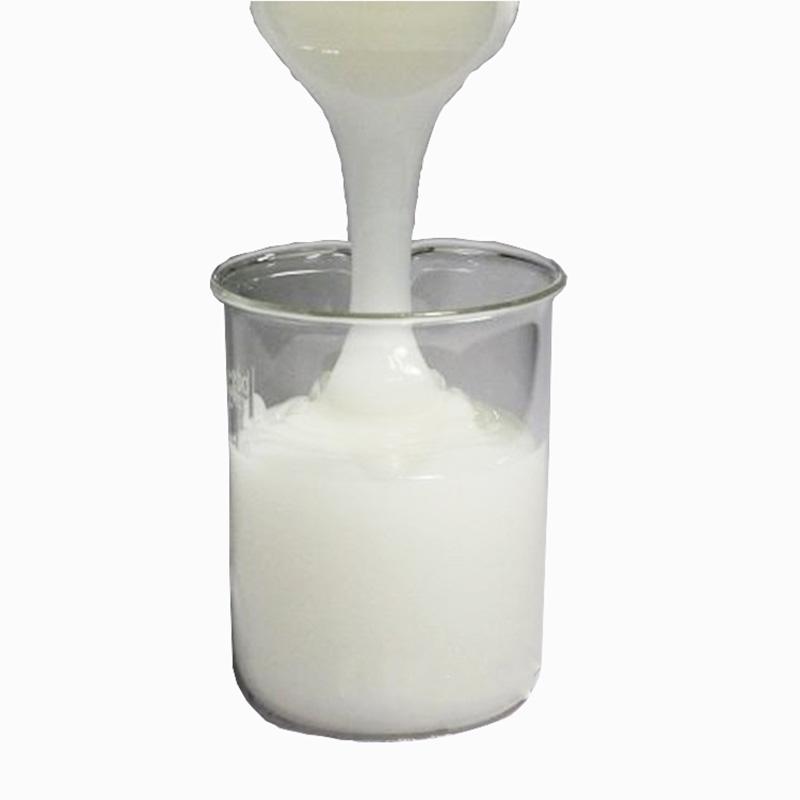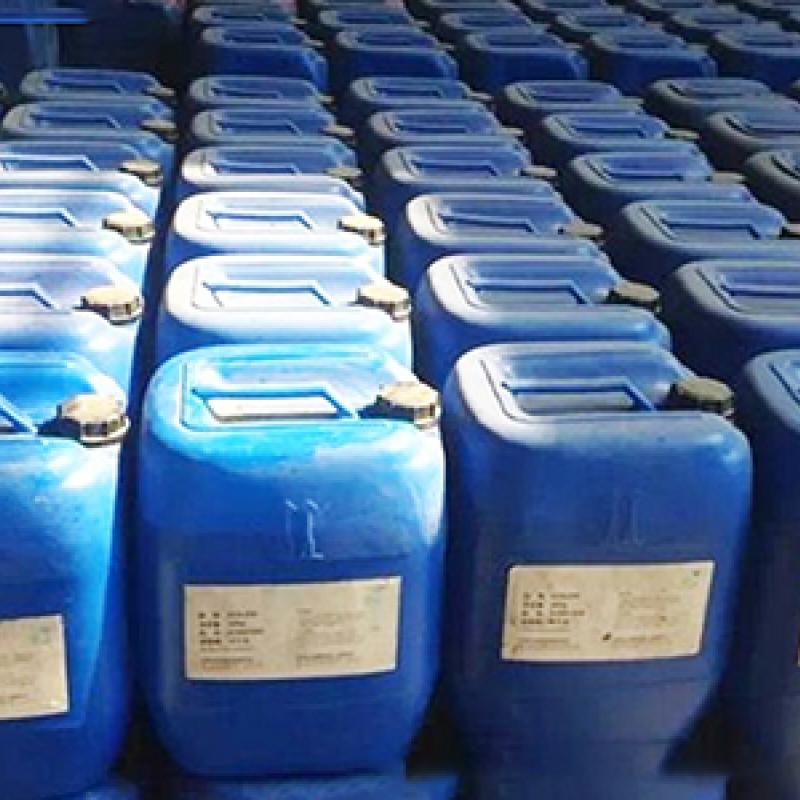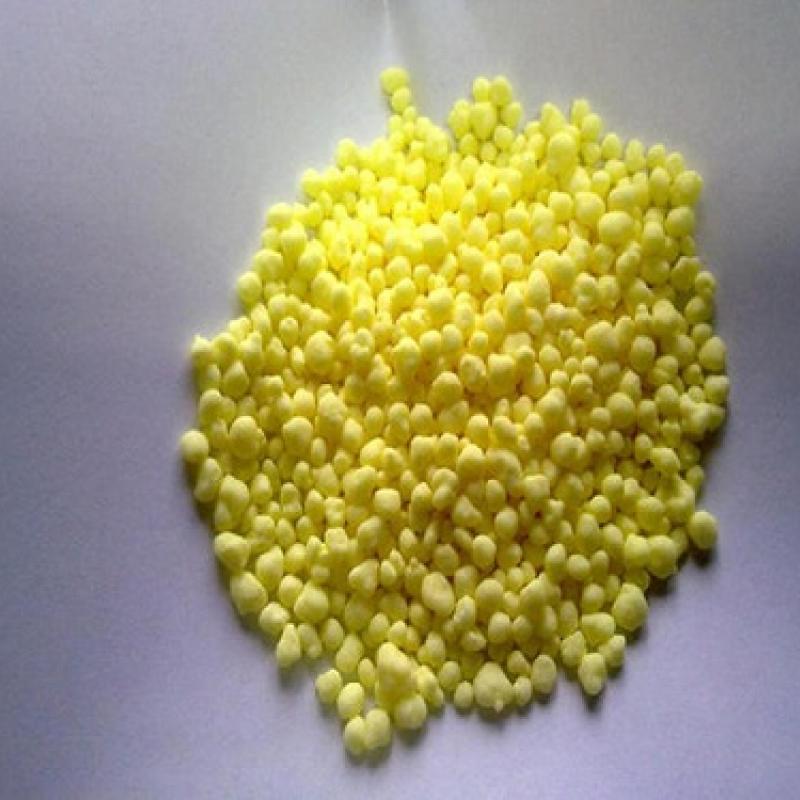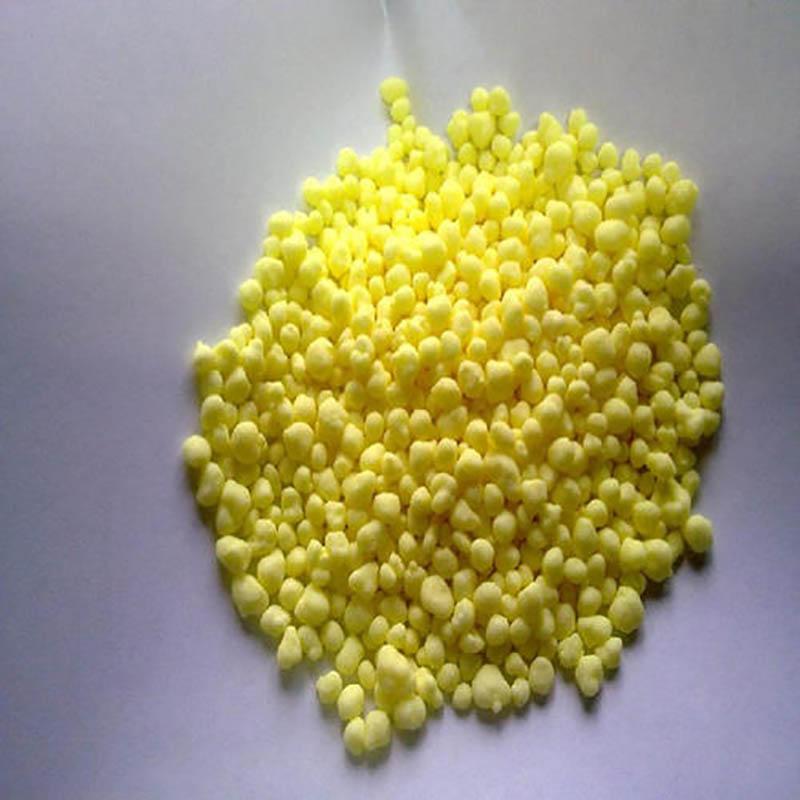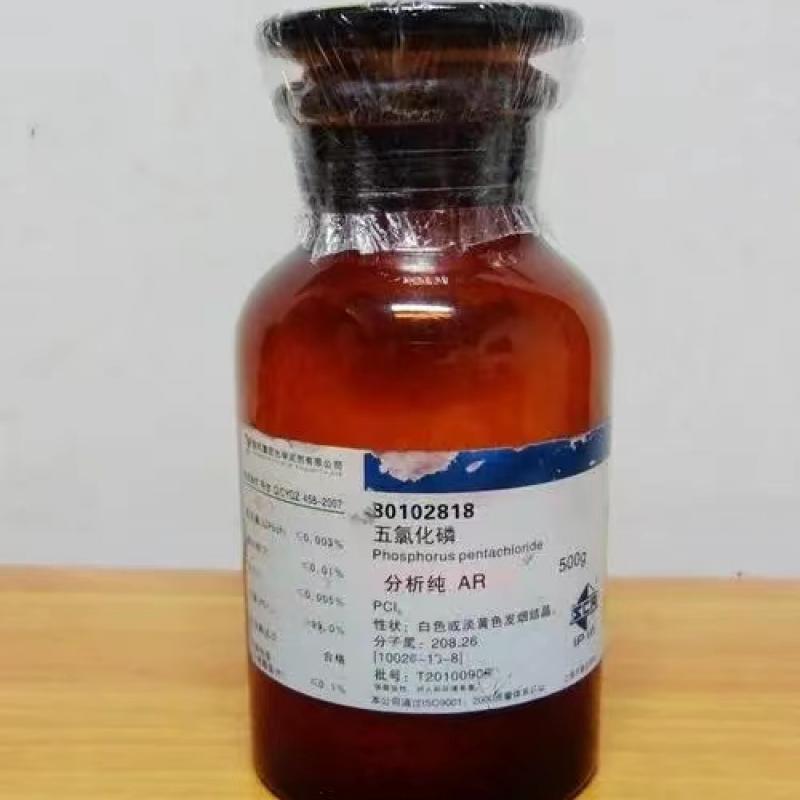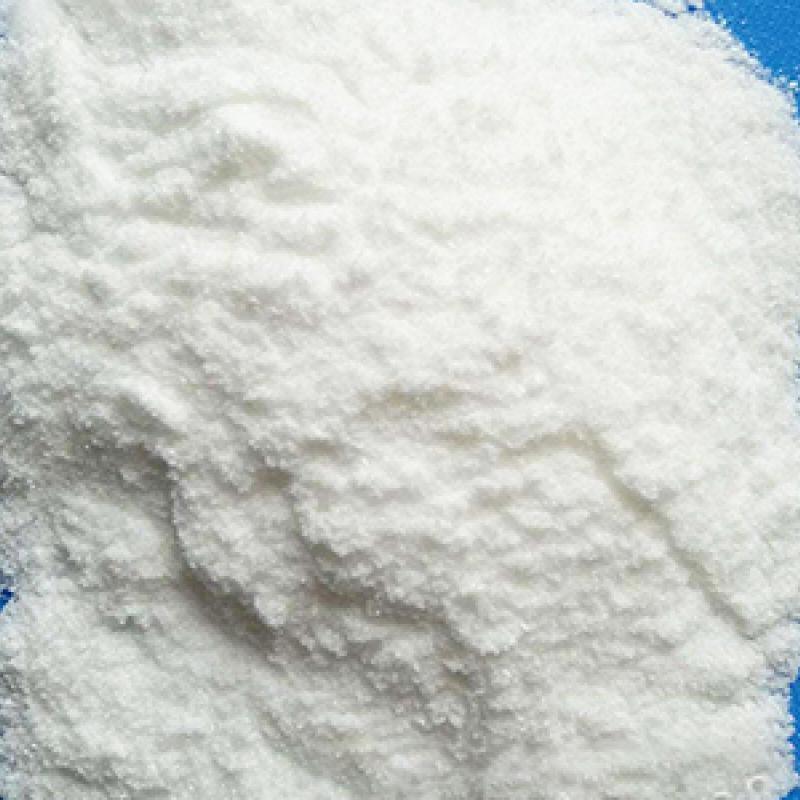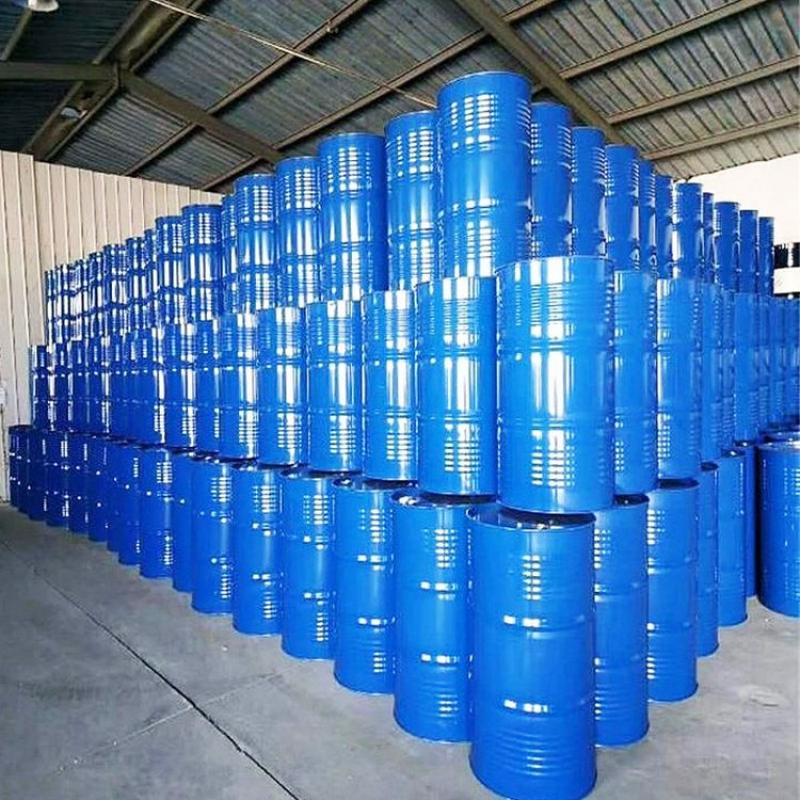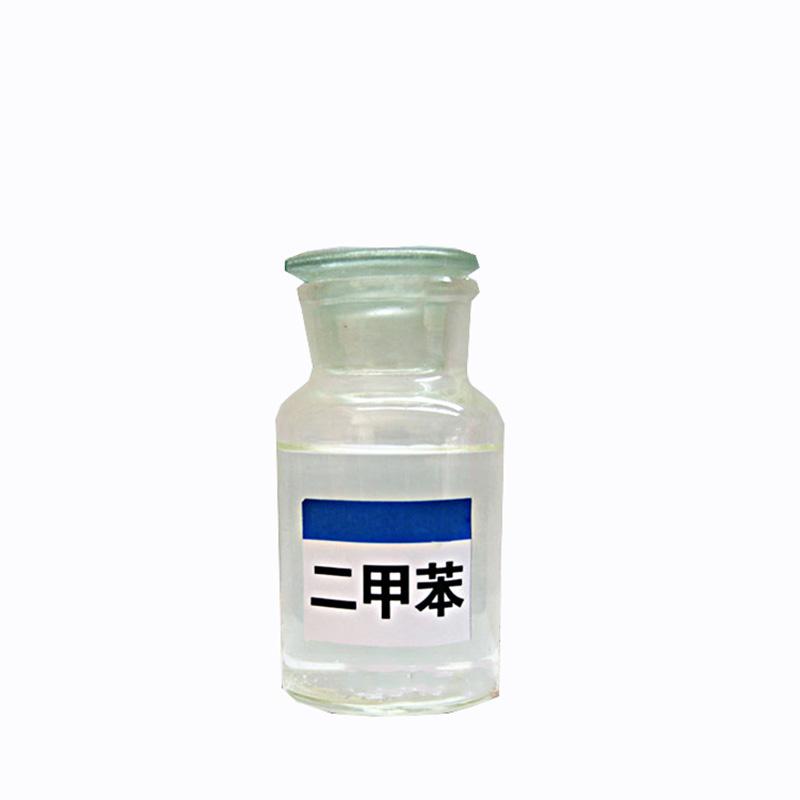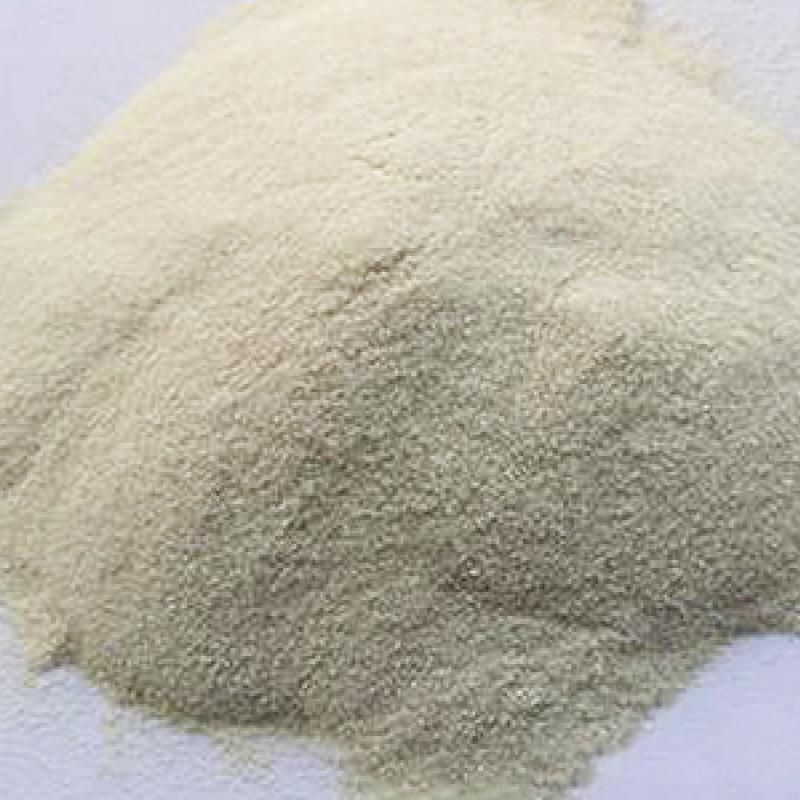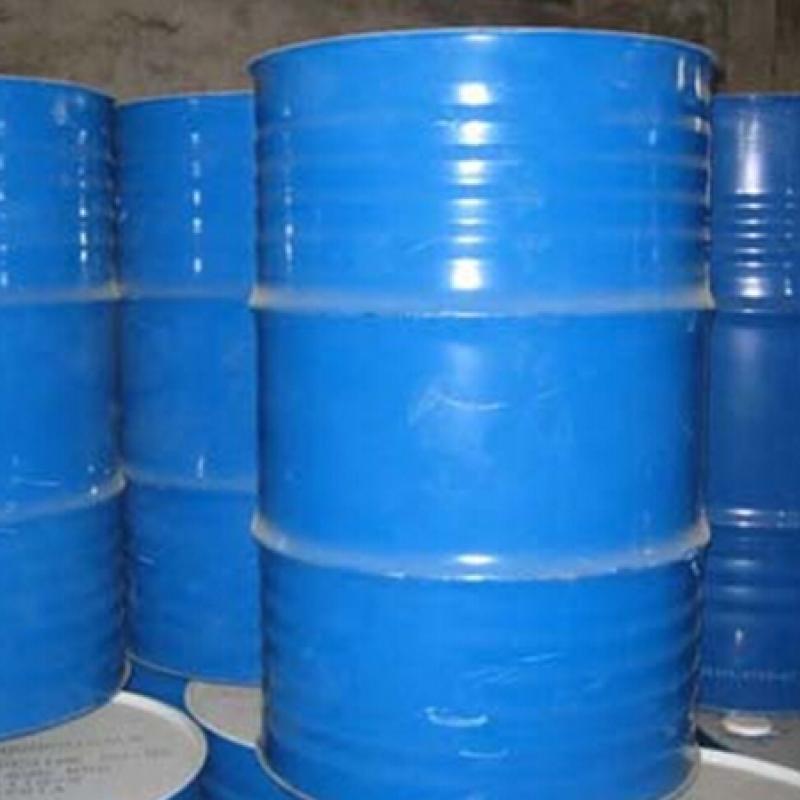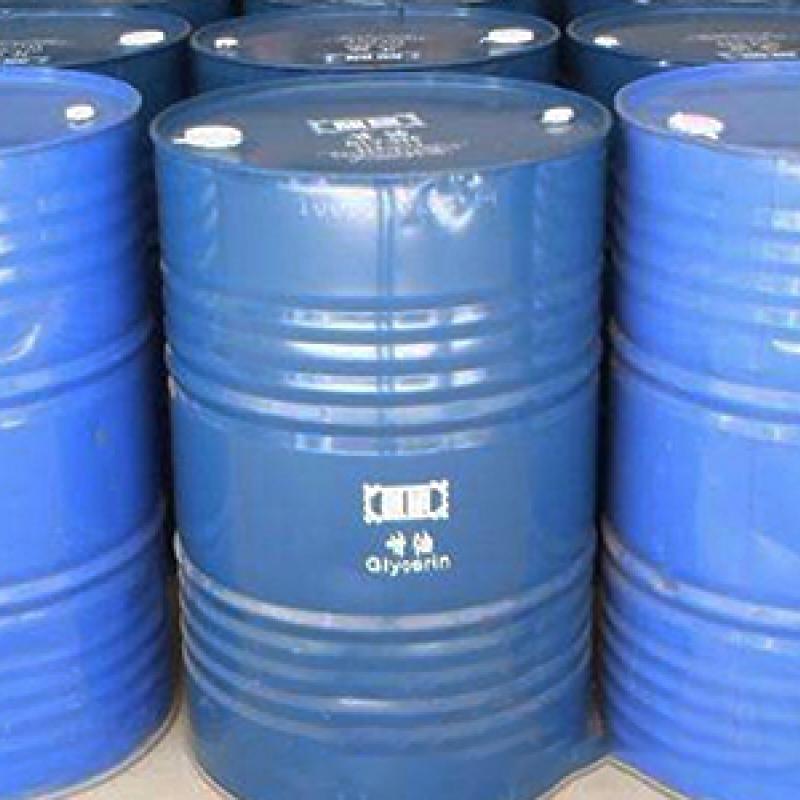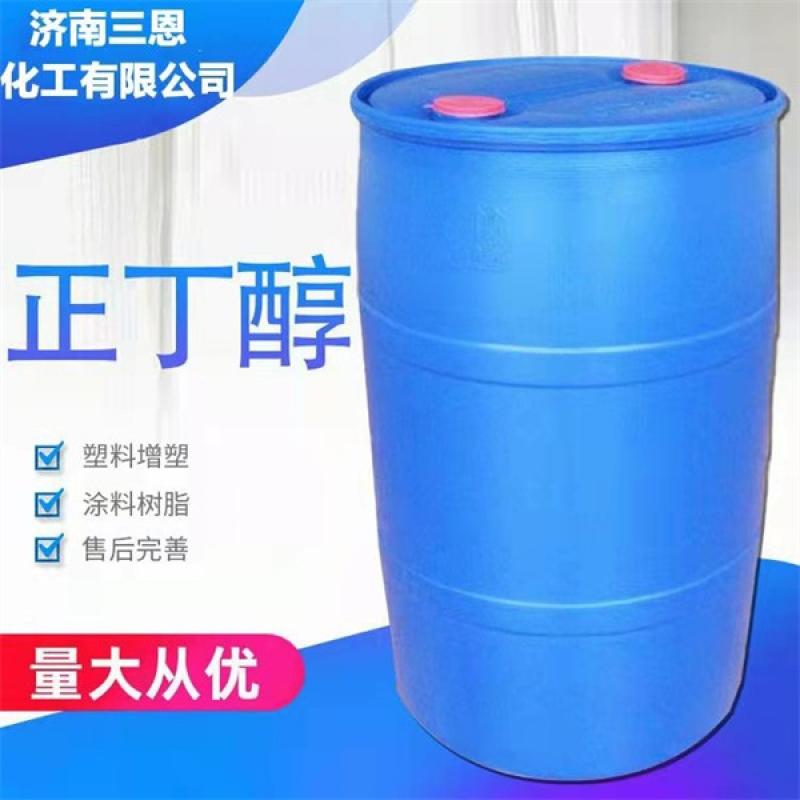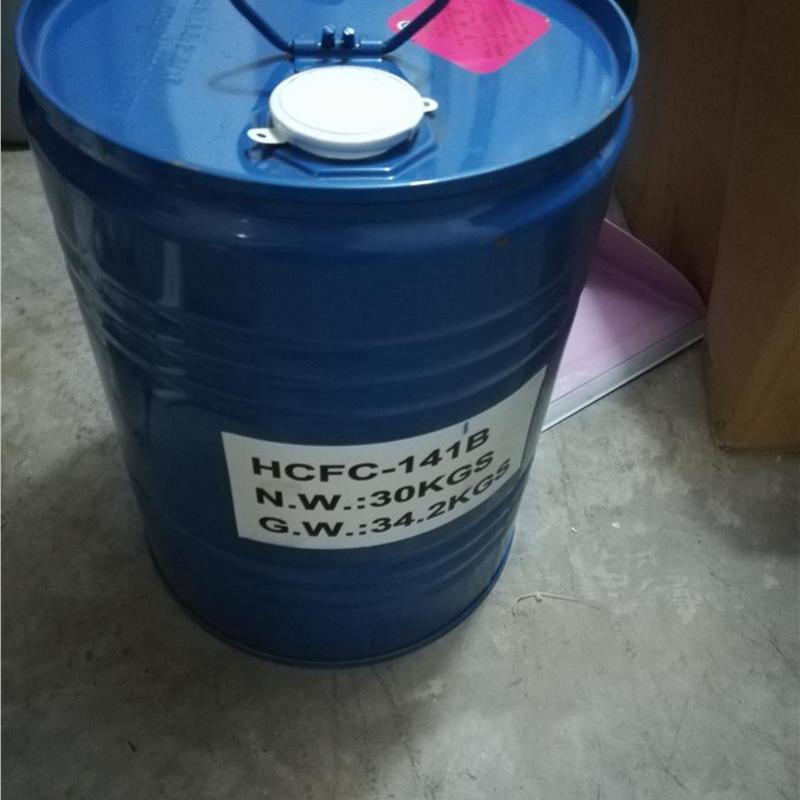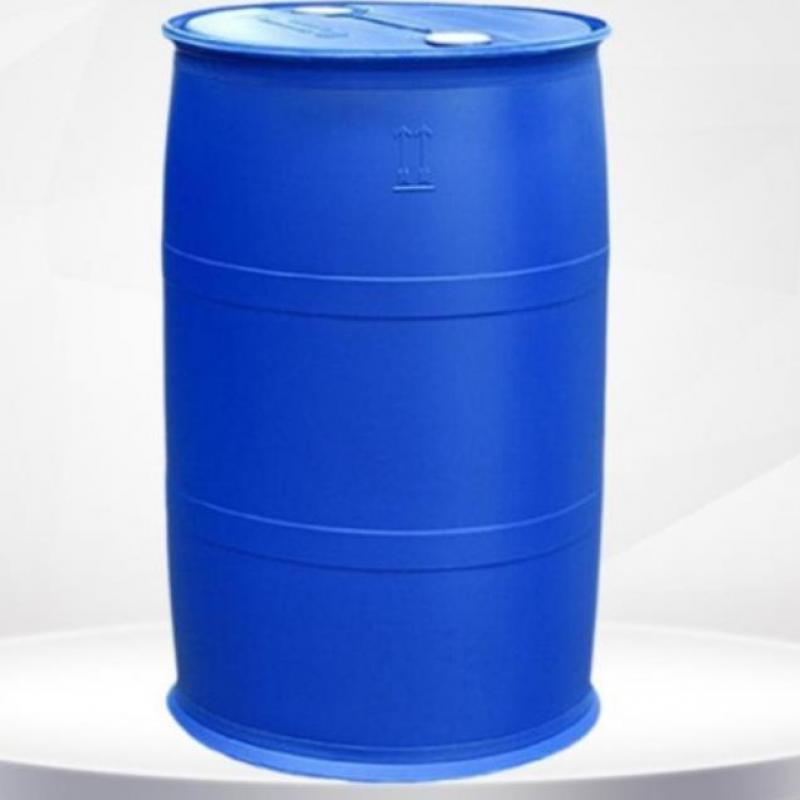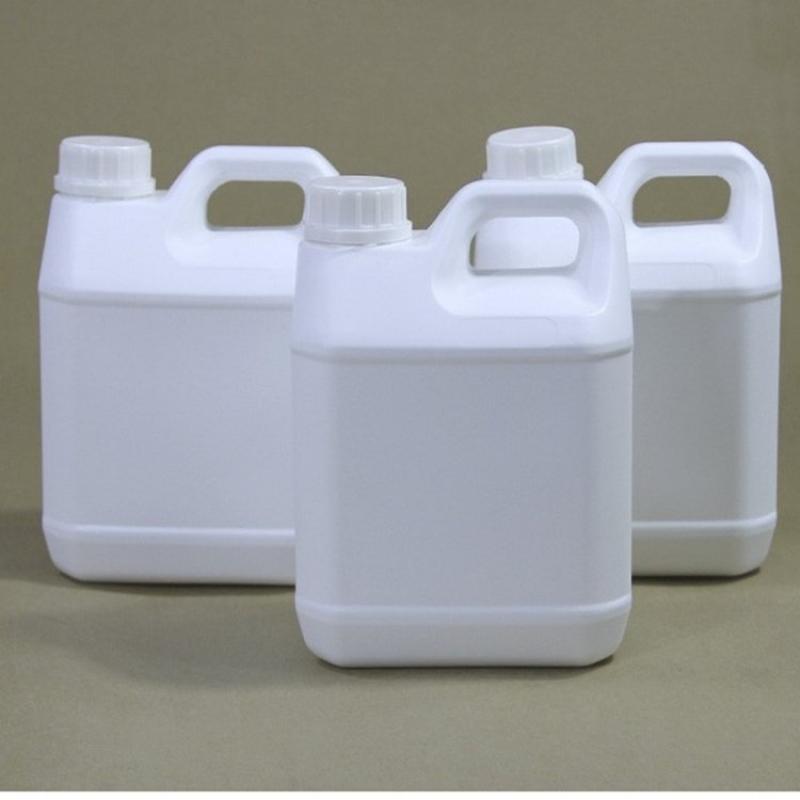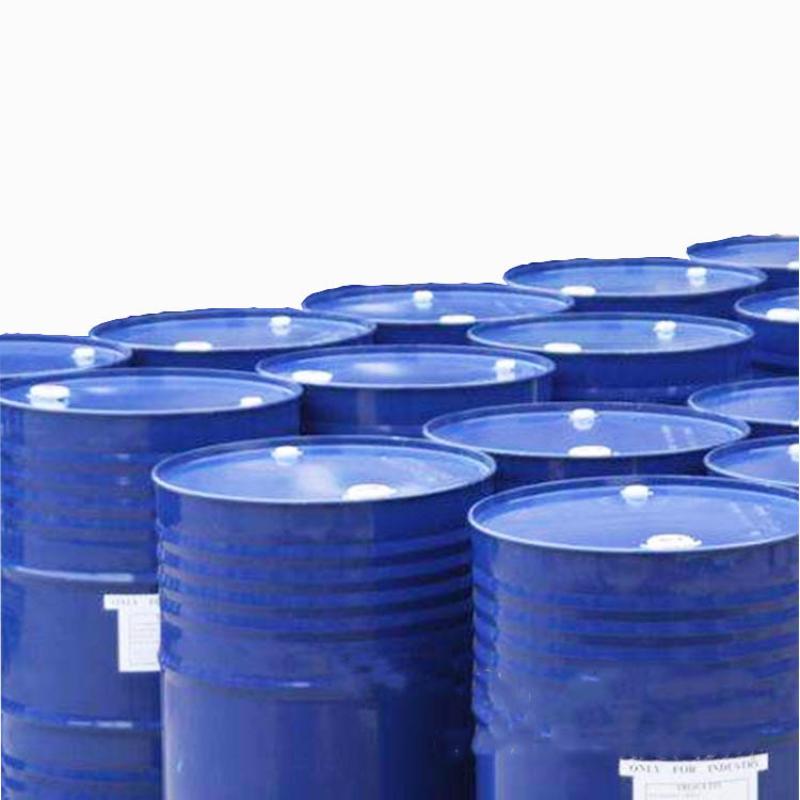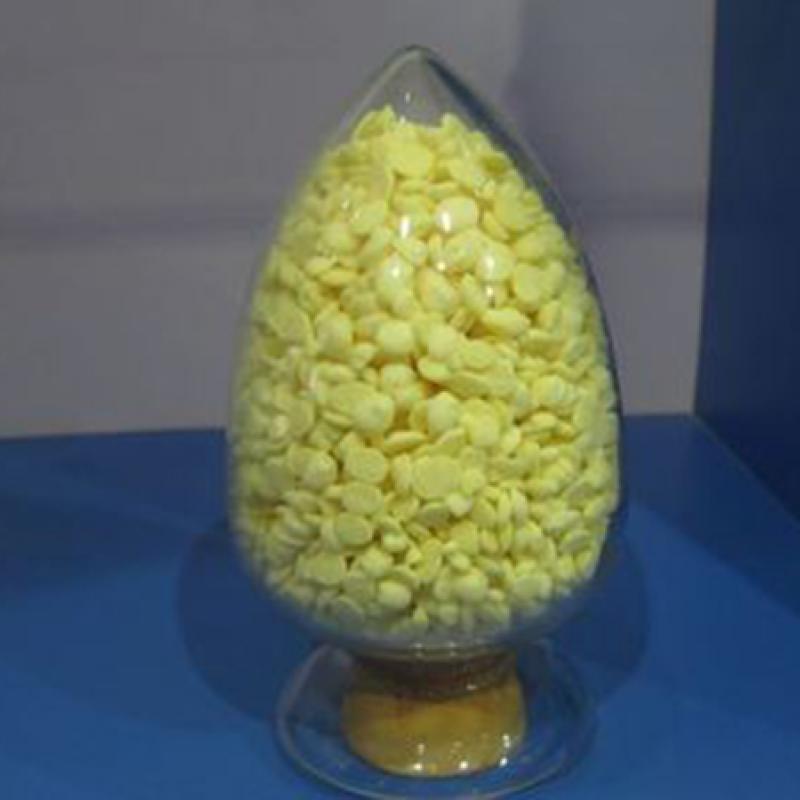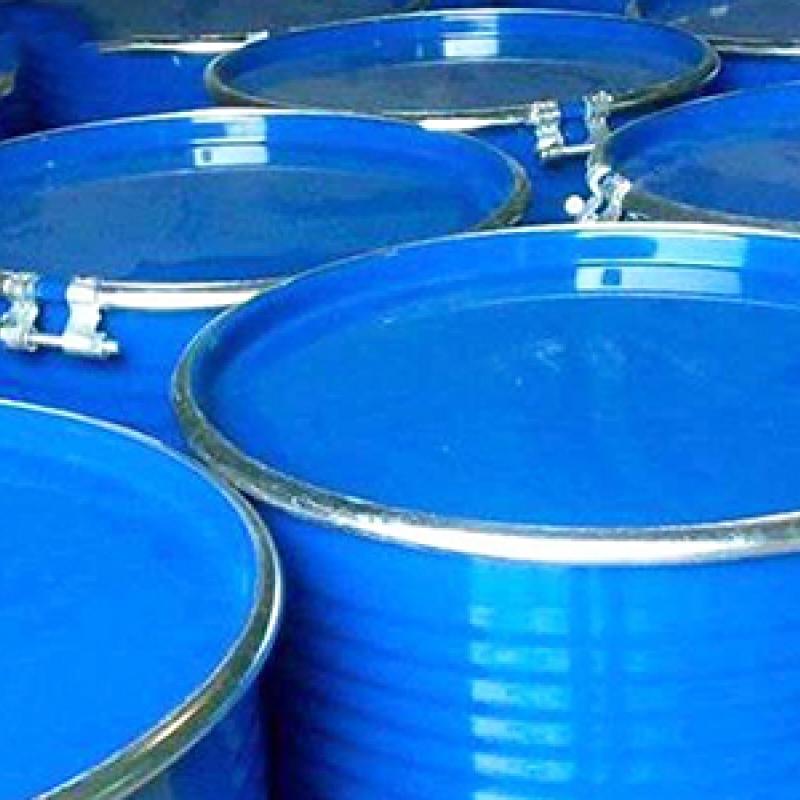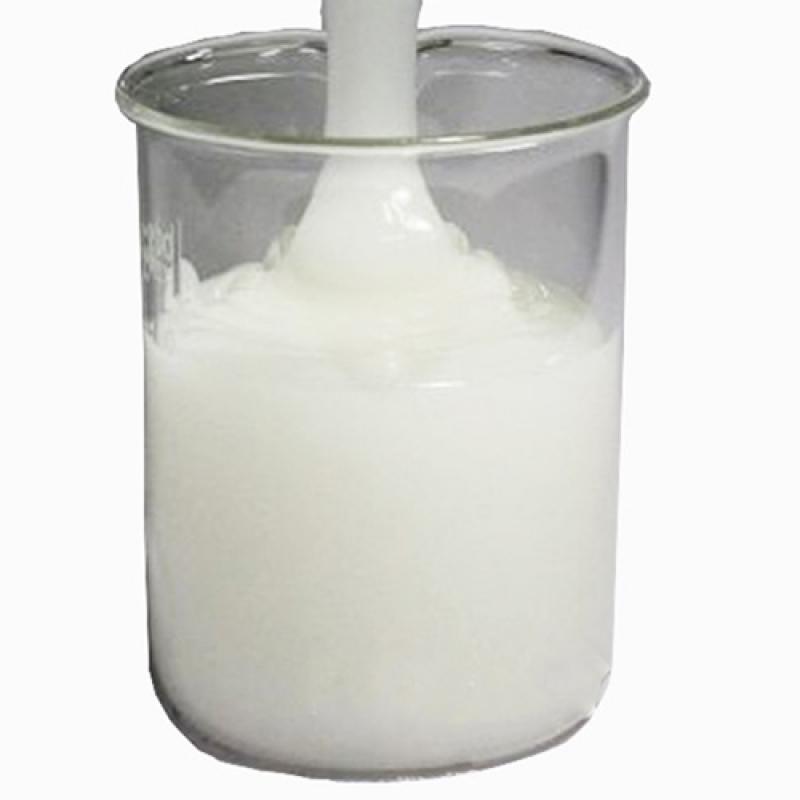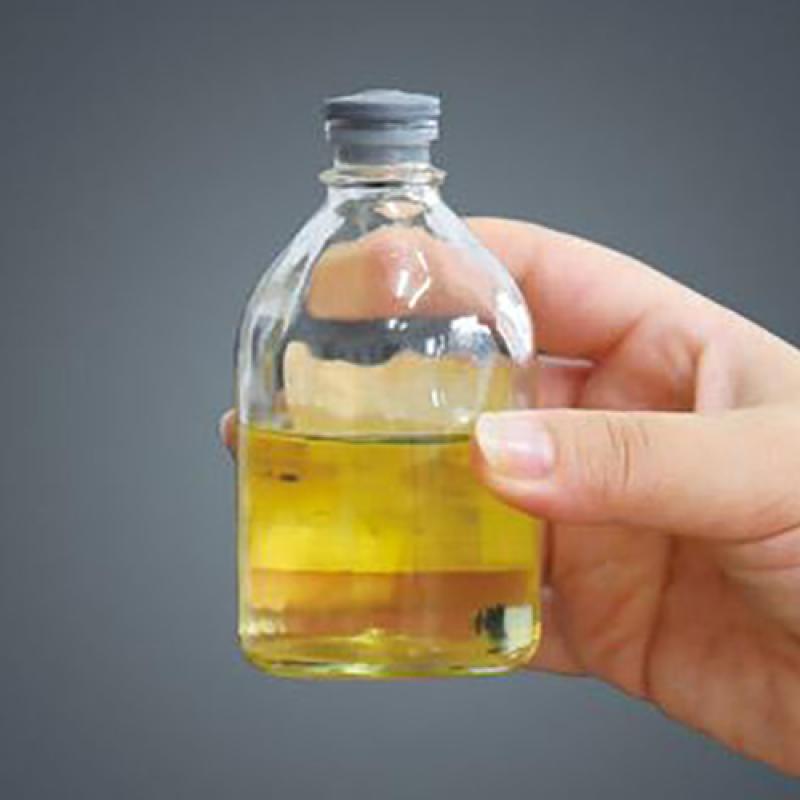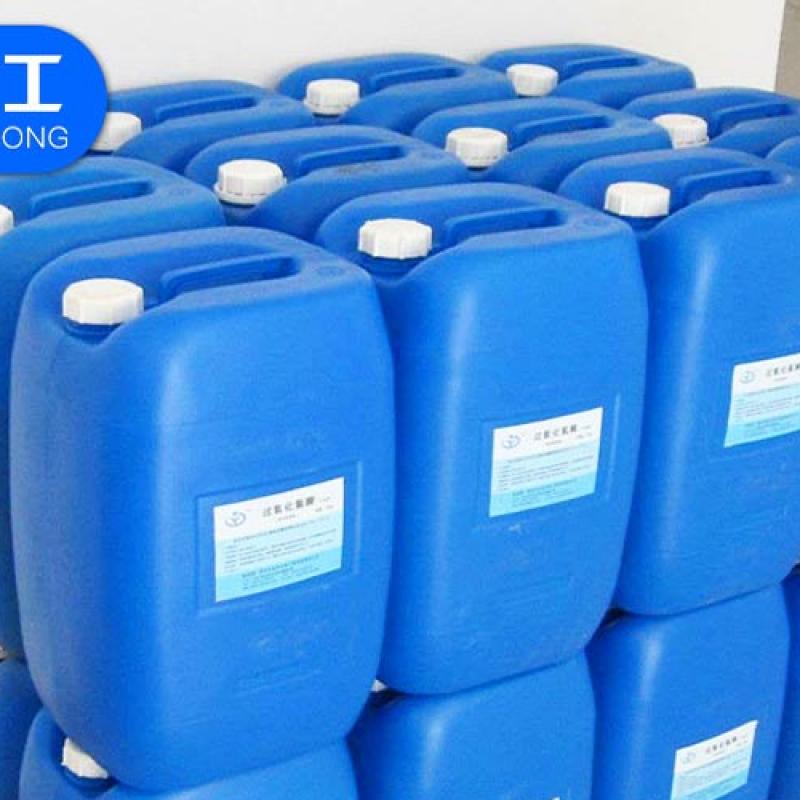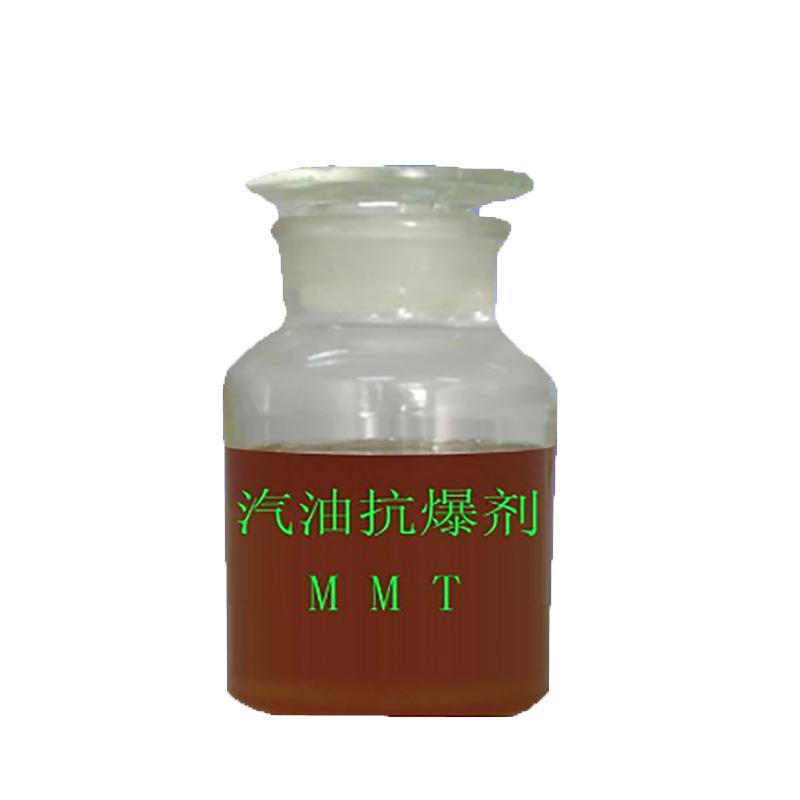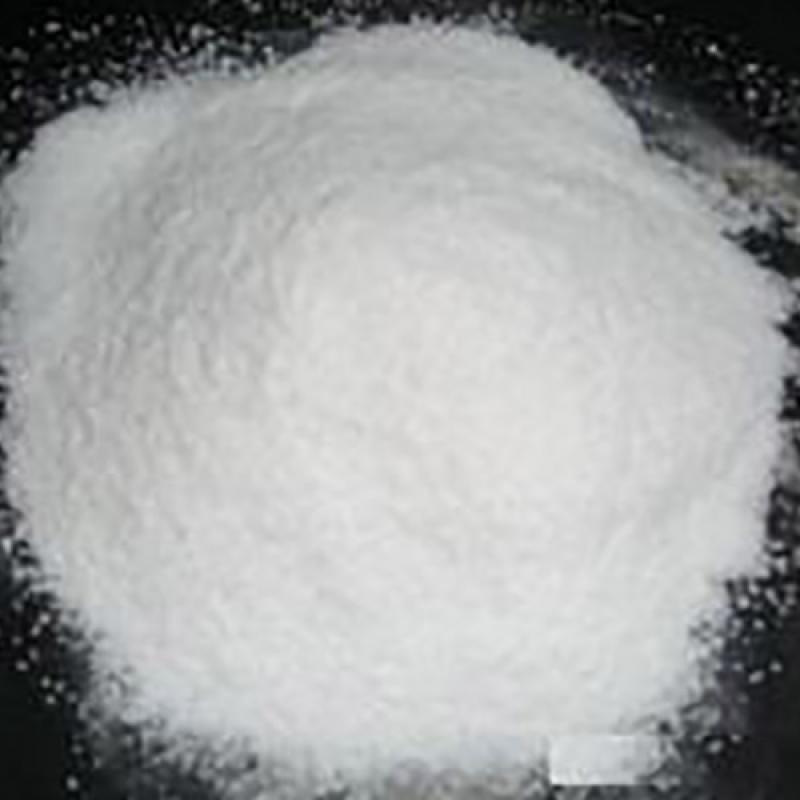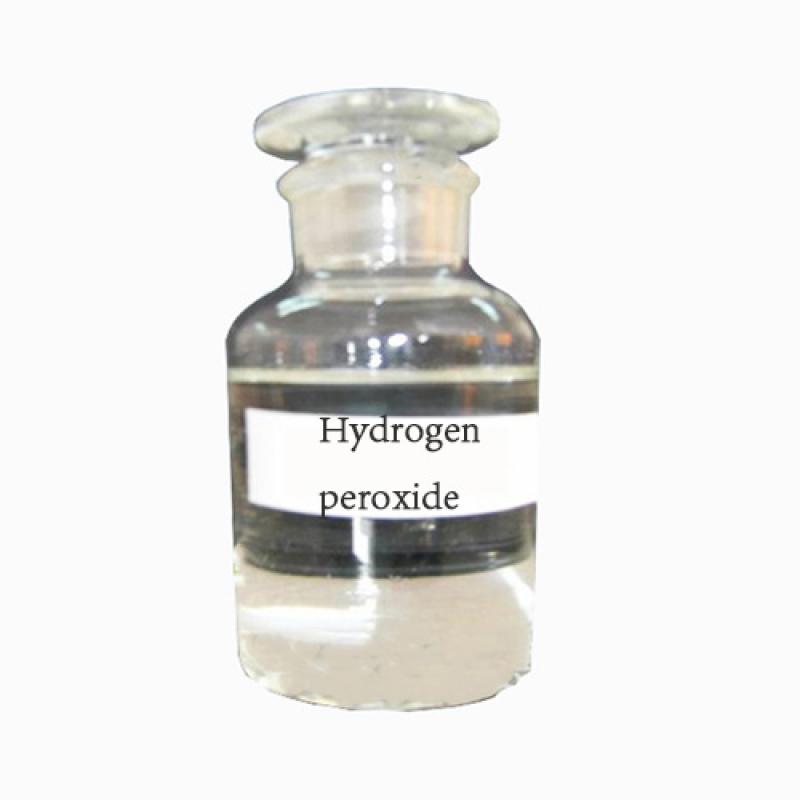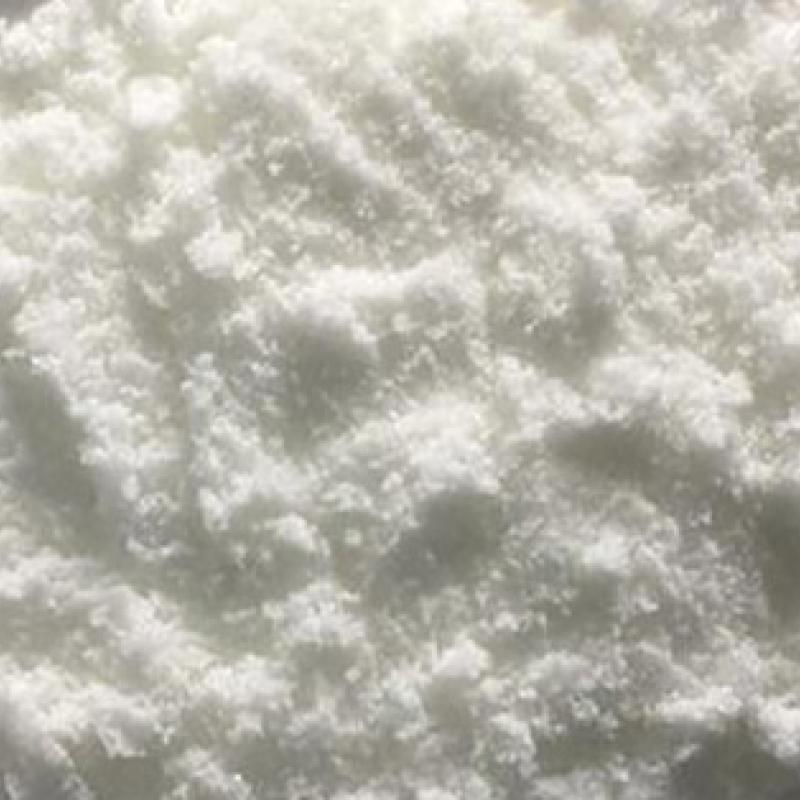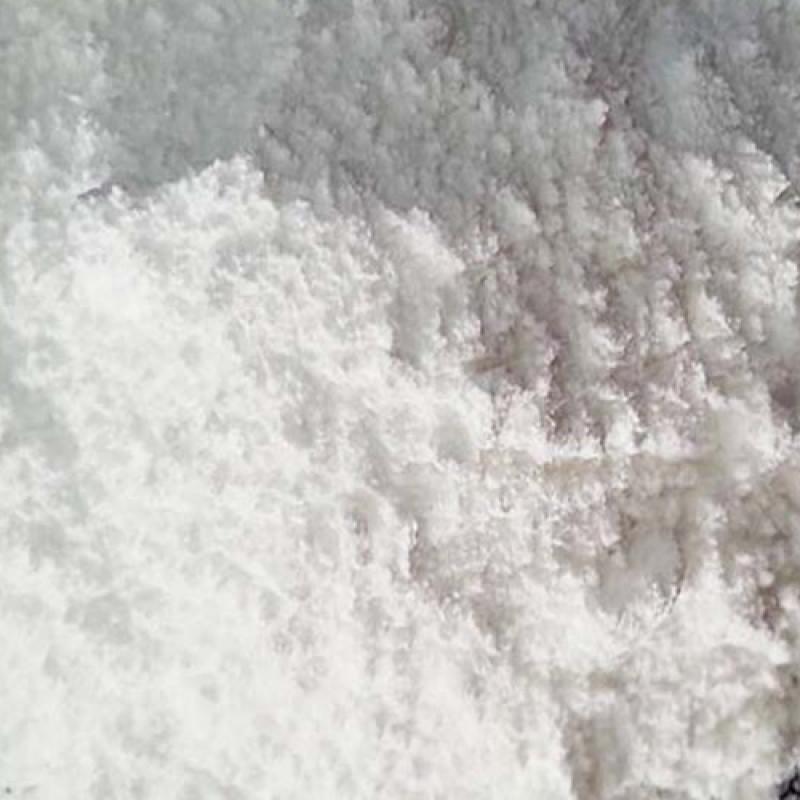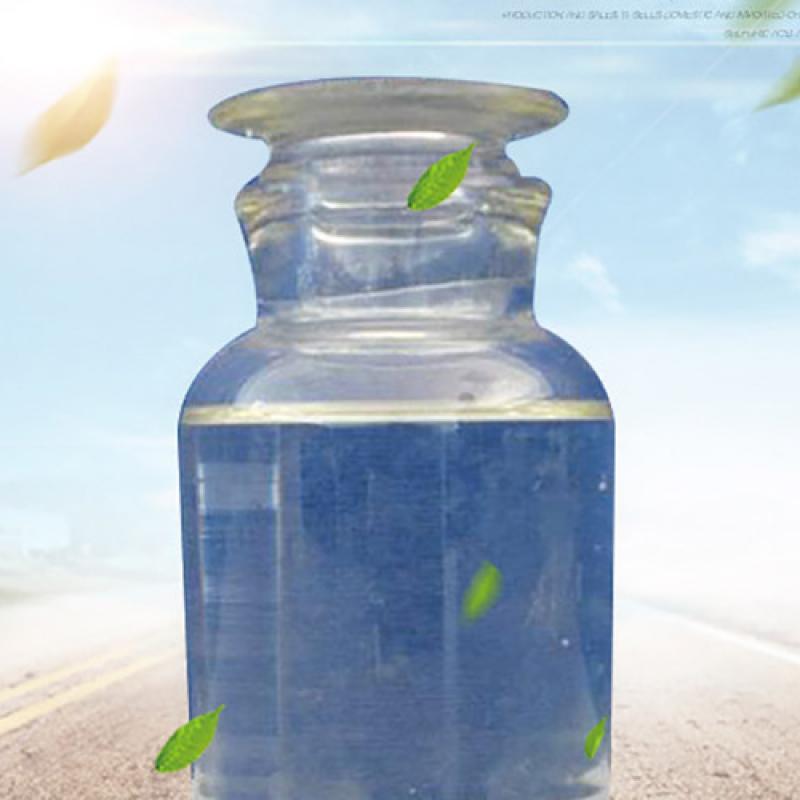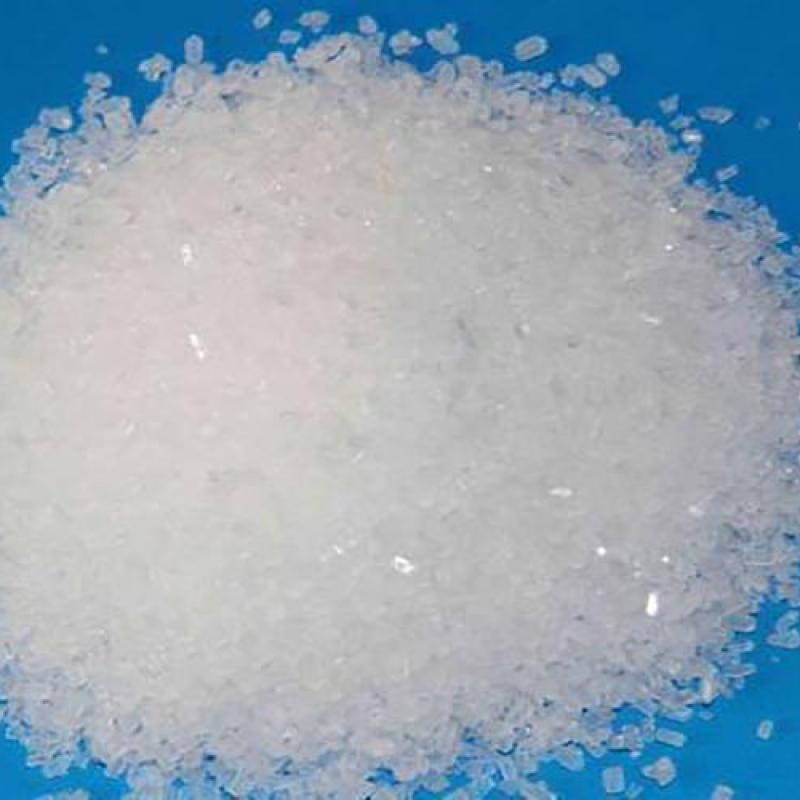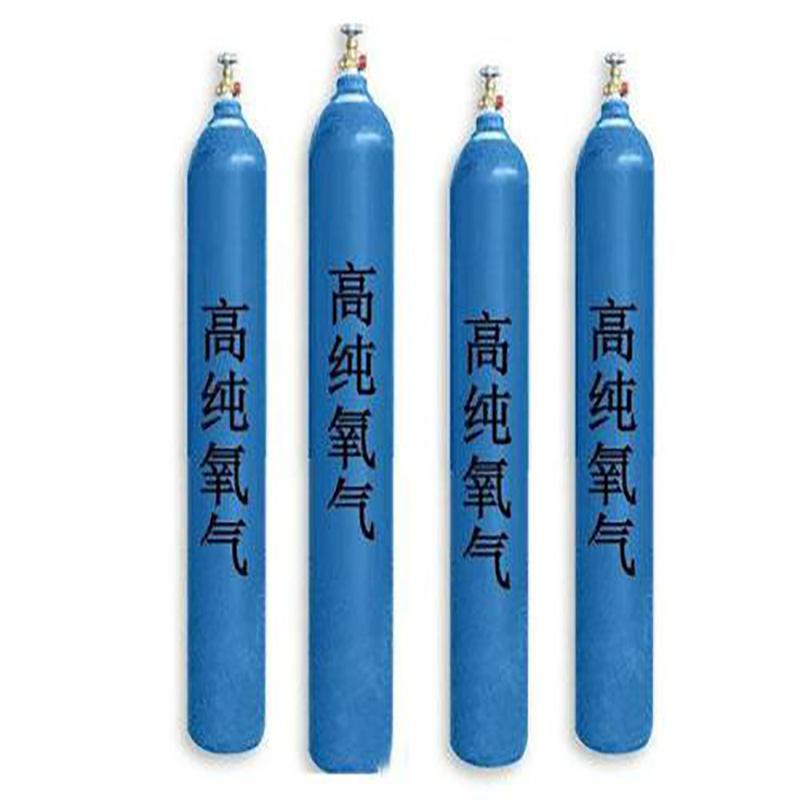Reducing agent-manufacture,factory,supplier from China
(Total 24 Products for Reducing agent)
Antioxidant is a kind of chemical substance. When it is only a small amount in the polymer system, it can delay or inhibit the progress of the polymer oxidation process, thereby preventing the aging of the polymer and prolonging its service life. It is also called " Anti-aging agent".
Contact Now
In fact, any kind of antioxidant can not fully meet these conditions. Therefore, in actual application, it is often based on the variety, use and processing method of engineering plastics, using the strengths of various additives and cooperating to produce synergistic effects.
Contact Now
Common tetra-group lead, ferrocene, MMT (methylcyclopentadiene trikarbonyl manganese) or CMT is common, because metal deposits can occur in the inside of the launching machine, resulting in a cylinder wear, spark plug ignition Poor problems such as poisoning, oxygen sensors and ternary catalysts, have been prohibited or constrained. The addition of tetra-element and ferrocene added is known as national standards, and the manganese-based anti-explosive agent is strictly constrained (the detection limit is less than 0.018 g / L).
Contact Now
The octane is the most important quality indicator of the vehicle gasoline.
Contact Now
Chemical nature:
Forbidden qualitative: strong oxidizing agent, strong reducing agent, strong acid, strong base.
Ecological nature:
Ecotoxicity
EC50: 1.2 ~ 1.51mg / L (luminous bacteria, microtox toxicity test)
Biodegradability
Miti-I test, initial concentration of 100 mg / L, sludge concentration 30 mg / L, 2 weeks later degraded 77%.
Non-biodegradability
In the air, when the hydroxyl radical concentration is 5.00 × 105 / cm3, the degradation of the half-life is 7.8d (theory).
Other harmful effects
The material is damaged by the environment and should pay spe
Contact Now
A substance that can reduce the surface tension of water, solution, suspension, etc., prevent the formation of foam, or reduce or eliminate the original foam. [1]
Contact Now
From the perspective of physics, the methods to eliminate foam mainly include placing baffles or filters, mechanical stirring, static electricity, freezing, heating, steam, radiation, high-speed centrifugation, pressure and decompression, high-frequency vibration, instantaneous discharge and ultrasonic (acoustic) Liquid control), etc., these methods promote the gas permeation rate at both ends of the liquid film and the drainage of the bubble film to varying degrees, so that the stability factor of the foam is smaller than the attenuation factor, and the number of foams is gradually reduced.
Contact Now
1.4, 4 '- methylene bis (2-chlorocene)
The molecular weight is 267.15, the molecular formula is C13H12N2 CL2
Contact Now
Light yellow to white granular crystals (semi-circular) white to light yellow loose crystals, heating is made black.
Contact Now
Phosphorus pentachloride is mainly used as a chlorination reagent for alcohols, carboxylic acids, amides, aldehydes, ketones, enols, and Beckmann rearrangement reagents. It is used as a chlorination agent and catalyst in organic synthesis, and is used in the production of medicines, dyes, and chemical fibers. It is also the raw material for the production of phosphazene chloride and phosphorus oxychloride.
Contact Now
Aspirational antioxidants should have the following conditions:
①Should have high anti-oxidation ability;
②Good compatibility with resin, no precipitation;
③Good processing function, non-volatile and non-decomposing at the processing temperature of high polymer;
④Good resistance to extraction, insoluble in water and oil;
⑤The color of itself is best to be colorless or light-colored, so as not to pollute the product;
⑥Non-toxic or low-toxic;
⑦Low price.
In fact, any kind of antioxidant can not fully meet these conditions.
Contact Now
HCFC-141b (monofluorodichloroethane) is a high-purity liquid widely used in cleaning and solvent fields.
Because its damage to the ozone layer is 1/10 of CFC-113, it is designated as an ideal substitute for fully halogenated chlorofluorocarbons.
HCFC-141b is a widely used non-perhalogenated chlorofluorocarbon. Although its destructive effect on the ozone layer has been greatly reduced compared to fully halogenated chlorofluorocarbons, it can still cause damage to the ozone layer that is difficult to recover. As a result, its use is gradually being reduced around the world.
Contact Now
The industrial neighborl xylene is a raw material, first washes the acid layer to the acid layer colorless, then use 10% sodium hydroxide solution, water is washed to pass, and the aqueous layer is separated, and the calcium chloride is borned with anhydrous carbon. After the distinction is low, the intermediate fraction is collected, that is, a pure product.
Contact Now
Features: Contains two hydroxyl groups and one amino group. Hydroxyl reduces the vapor pressure, increases the solubility, is conducive to the absorption of acid gas, and can increase the concentration, reduce circulation, and reduce energy consumption. The presence of the methyl group in the amino group reduces the alkalinity and activity of the amino group and reduces the CO2 absorption rate.
The molecular weight is 119.16, the melting point is -21°C, the flash point is 127°C, the freezing point is -21°C, and the refractive index is 1.4678. The viscosity (20°C) is 101 MPa·sec.
Contact Now
Properties: White or slightly yellow scaly crystals with unique fragrance.
Solubility: Insoluble in water, acid and alkali, but soluble in organic solvents such as alcohol, ether and benzene.
Contact Now
Colorless tasteless oily liquid, boiling point 343 ° C (0.101 MP), flash point (open cup) 204 ° C, freezing point -80 ° C, volatile rate 0.00009 g / cm, hour (105 ° C), hydrolysis rate 0.1% (100) ° C, 6 hours), soluble in most organic solvents. Resin compatible with polyvinyl chloride, polystyrene, vinyl chloride-vinyl acetate copolymer, nitrocellulose, ethylcellulose, polyvinyl butyal butyal.
Contact Now
Glycerol, also called glycerol, with the chemical formula c3h8o3, is colorless, odorless, sweet, with a clean and viscous liquid appearance. it's miles an organic substance that may take in moisture from the air, as well as hydrogen sulfide, hydrogen cyanide and sulfur dioxide. insoluble in benzene, chloroform, carbon tetrachloride, carbon disulfide, petroleum ether and oils, it's miles the skeleton factor of triglyceride molecules.
Contact Now
It is a solvent for a variety of coatings and a raw material for preparing dibutyl phthalate, a plasticizer. It is also used in the manufacture of butyl acrylate, butyl acetate, ethylene glycol butyl ether, as an extractant for organic synthesis intermediates and biochemical drugs, and in the manufacture of surfactants.N-butanol is a colorless, transparent and alcoholic liquid.
Contact Now
HCFC-141b (monofluorodichloroethane) is a high-purity liquid widely used in cleaning and solvent fields.
Contact Now
Methyl 2-chloropropionate is an organic compound with the chemical formula C4H7ClO2, mainly used as an intermediate in pesticides, pharmaceuticals, and spices.
Contact Now
Methyl Isobutyl Ether ether is also known as methyl isobutone, 4-methyl-2-pentanone.
Contact Now
Product Quality: Chemical Abstracts Number: 101-14-4
Appearance: Light yellow to white granular crystals (semi-circular) white to light yellow loose crystals, heating is made black. Microfincture.
Content: ≥ 85%
Melting point: 98-102 ° C
Dry loss: ≤0.2%
Contact Now
Appearance: watery bright liquid with pleasant ketone-like fragrance.Main uses: Used as a solvent for spray paint, nitrocellulose, some fiber ethers, camphor, grease, natural and synthetic rubber.Precautions for storage and transportation: Store in a cool and ventilated warehouse. Keep away from kindling and heat sources. The warehouse temperature should not exceed 30℃. Avoid direct sunlight. Keep the container sealed. It should be stored separately from oxidant. Lighting, ventilation and other equipment in the storage room should be explosion-proof.
Contact Now
Relate News
Antifoaming agent refers to a substance that can reduce the surface tension of water, solution, suspension, etc., prevent the formation of foam, or reduce or eliminate the original foam. In the papermaking process, due to unreasonable sizing, poorly washed pulp, alkaline fillers used in acid systems, and various additives, foams will accumulate in the wet end of the papermaking system, resulting in the formation of foam dots on the paper.
The gasoline products of different specifications can be adjusted according to the effective selection of MMT, MTBE, recombined gasoline, catalytic gasoline and straight-run gasoline.
Hydrogen peroxide is a good oxidizing bleaching agent. It is used for bleaching yarns with hydrogen peroxide. It has good whiteness, pure color and no impurities in the equipment.
Titanium dioxide naturally exists in titanium ores such as titanium ore and rutile. Its molecular structure gives it high brightness and covering properties, but it must first be chemically extracted and purified. More than 60 years ago, DuPont invented the chlorinated titanium dioxide production process. Compared with the old sulfuric acid process, it can manufacture high-quality pigment products while reducing environmental emissions and Chemicalbook energy consumption.
Hydrogen peroxide is also known as hydrogen peroxide, and its chemical formula is H2O2. Its appearance is a light blue viscous liquid, which can be mixed with water at will. It is an oxide and reducing agent, but the effect of hydrogen peroxide in different situations There are also certain differences. Today, let us talk about the actual effects of hydrogen peroxide in different uses.
Antioxidants can be used as hydrogen donors to scavenge free radicals generated during the chain initiation stage, thereby inhibiting or reducing the oxidation of oils. Therefore, in order to delay the oxidation of fats and extend their shelf life, the most common and effective way is to add antioxidants to the fats.
The organic improvement of the titanium dioxide surface is to carry out organic coating on the surface of the particles through the chemical reaction or physical absorption of organic molecules on the surface of the particles, transform the surface state of the particles, so that it can be effectively dispersed in the organic solvent, and improve the powder in the organic matter. Compatibility in the interface. Generally can be divided into esterification method, surfactant method, coupling agent method and polymer coating method.
Water retaining agent (for bread, cake); Carrier solvent (for spices, pigments, water-insoluble preservatives, etc.); Thickener (used for beverages, liquor preparation, etc.) Plasticizer (candy, dessert Chemicalbook, meat products); Sweeteners. EEC regulations can be used for alcoholic beverages, candies, cakes, coating glazing, meat and cheese coating, non-alcoholic beverages, baked products, gum, gelatin sweets, etc.
This product is a white powder with strong hygroscopicity. It is prone to deliquesce when exposed to the air and absorbs carbon dioxide to generate potassium carbonate.
Antioxidants are substances that block the adverse effects of oxygen. It is a class of substances that can help capture and neutralize free radicals, thereby eliminating the damage caused by free radicals to the human body.
Antioxidants refer to food additives that can prevent or delay the oxidation of food, improve the stability of food and prolong the storage period. The correct use of antioxidants can not only prolong the storage period and shelf life of food, bring good economic benefits to producers and consumers, but also bring better food safety to consumers.

